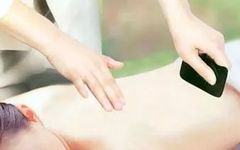【Introduction】 Gua Sha is a method that uses tools such as ox horn, jade, and Sui Bin bian stone to repeatedly rub certain areas of the patient’s skin to treat diseases. This article will introduce you to six of the simplest and easiest Gua Sha techniques.
Gua Sha is a method that utilizes Sui Bin bian stone, ox horn, and other tools to repeatedly rub certain areas of the patient’s skin to treat diseases. Gua Sha has both health maintenance and therapeutic effects; however, incorrect methods and techniques may have the opposite effect and even harm the body. Below, we will introduce six common Gua Sha methods. By mastering the key techniques, you can easily perform self-care.
Gua Sha Technique 1: Corner Rubbing Method Using the thick edge and corners of the bian stone Gua Sha board to perform circular movements near acupuncture points or lesions on the body surface is called the corner rubbing method.
Key Technique: Hold the Gua Sha board, using the thick edge and corners as the focal point, apply continuous circular motions at the acupuncture points or lesions on the patient’s skin, with varying pressure.
Precautions: Apply the thick edge and corners of the bian stone Gua Sha board to the affected skin at the acupuncture points or lesions.
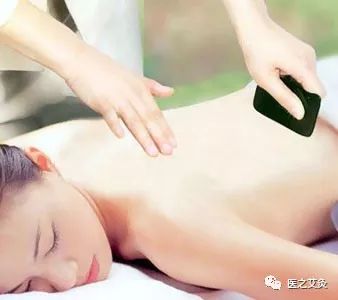
Gua Sha Technique 2: Corner Pushing Method Using the thick edge and corners of the bian stone Gua Sha board to apply slight pressure at acupuncture points or lesions on the body surface and perform linear pushing movements in one direction is called the corner pushing method.
Key Technique: Hold the Gua Sha board, using the thick edge and corners as the focal point, applying pressure at the acupuncture points or lesions. The practitioner should relax the upper body muscles, drop the shoulders, let the elbows hang, and keep the wrists suspended, concentrating the force on the thick edge and corners of the Gua Sha board, rhythmically pushing forward in a straight line, using wrist movements to drive the Gua Sha board’s thick edge and corners to create a continuous and even pushing force and pressure.
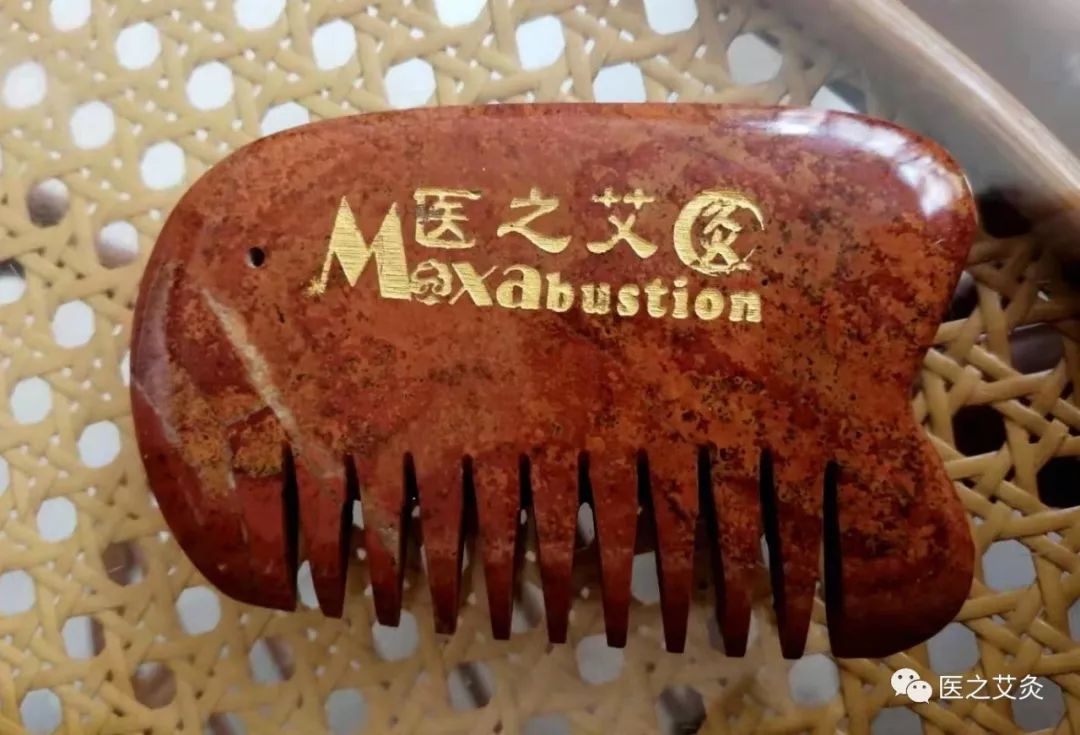
Precautions: The thick edge and corners of the Gua Sha board should be applied to the body surface, and during the pushing process, the wrist should move freely and flexibly, avoiding jumping or skipping.
Gua Sha Technique 3: Edge Rubbing Method Using the thick edge of the Gua Sha board to perform back-and-forth, side-to-side, inward or outward circular movements at acupuncture points or lesions on the body surface is called the edge rubbing method.
Key Technique: Hold the Gua Sha board with the thin edge against the palm and the thick edge as the focal point, applying pressure to the patient’s skin. At this time, the wrist and arm should be relaxed, allowing the wrist to move flexibly while holding the Gua Sha board. The movements should be continuous, gradually increasing pressure from light to heavy, then decreasing from heavy to light, with even, sustained, and gentle rotations. The specific treatment area’s soft tissue and muscle thickness will determine the pressure applied.
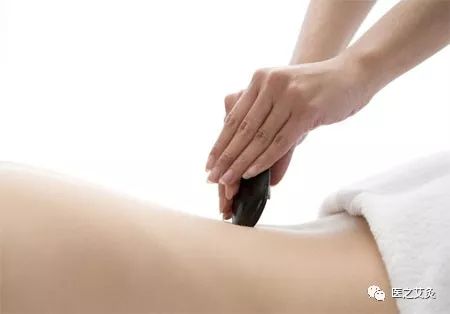
Precautions: Apply the thick edge of the Gua Sha board to the affected area, moving with the wrist’s rotation, avoiding hitting or jumping. This method is suitable for all body parts, with a local operation time of 20-30 times or 5-10 minutes.
Gua Sha Technique 4: Point Method Using the corners of the bian stone Gua Sha board (both thick and thin sides can be used) to apply pressure to specific acupuncture points or areas, pressing deeply into the underlying tissues is called the point method.
Key Technique: Hold the Gua Sha board, using the thick edge or thin edge at the corner as the focal point, applying pressure to a specific acupuncture point on the body surface. This method is a stronger technique, with pressure gradually increasing to elicit strong sensations of soreness, numbness, swelling, and pain in the patient. The point method generally targets acupuncture points or lesions with thicker muscle, as well as narrow areas between joints and bones, such as using the thick edge and corners of the Gua Sha board at the Huan Tiao (环跳) point and the thin edge at the Xi Yan (膝眼) point.
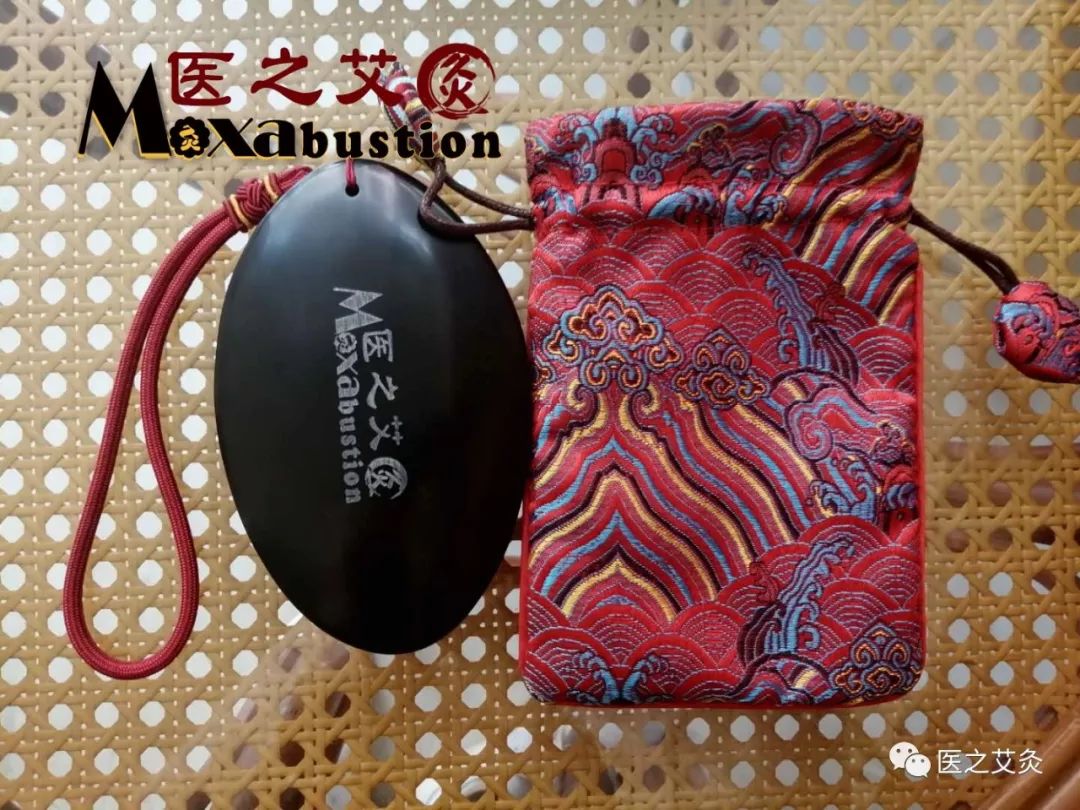
Precautions: This method has a strong stimulating effect on the body, generally using the thick edge and corners of the Gua Sha board as the main pressure point, with the thin edge and corners used sparingly (only for points like Xi Yan). During operation, avoid using excessive force; instead, apply deep pressure gradually, then reduce the force gradually, repeating the process.
Gua Sha Technique 5: Pressing Method Using the thick edge and corners of the bian stone Gua Sha board to apply pressure to specific acupoints or body areas, gradually deepening the pressure and holding it, is called the pressing method.
Key Technique: Hold the Gua Sha board, using the thick edge and corners as the focal point, applying pressure to the treatment area or acupoint, starting lightly and gradually increasing the pressure. The force should be steady, gradually increasing until a certain depth is reached (indicated by a noticeable sensation of soreness, numbness, swelling, and pain), then hold for a moment (about 5-10 seconds), and then gently lift, repeating the process 10 or more times.
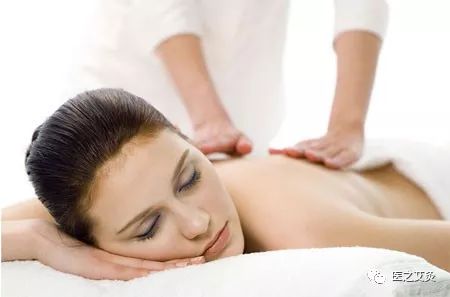
Precautions: The thick edge and corners of the Gua Sha board should be pressed directly up and down against the skin; generally, avoid using this method on the chest and rib area.
Gua Sha Technique 6: Slapping Method Using the surface of the Gua Sha board to slap the acupuncture points or areas that need treatment is called the slapping method.
Key Technique: The practitioner holds one end of the Gua Sha board tightly with one hand, using the surface of the Gua Sha board as the focal point, rhythmically slapping it down while allowing the wrist to naturally flex and extend. Generally, using the wrist as the center of movement provides light force, while using the elbow as the center provides medium force. During slapping, the arm should be relaxed, and the force should remain even and moderate, avoiding sudden changes in speed. This method is commonly used on the shoulder, back, waist, and upper and lower limbs, such as the elbow and knee pits.
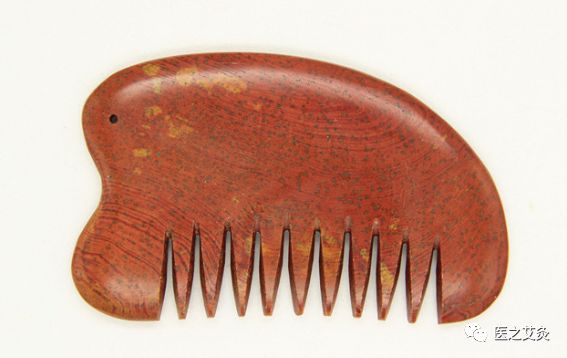
Precautions: Avoid using excessive force during operation; use caution with children and the elderly who are extremely weak.
Additionally, there are some common precautions for Gua Sha. The Gua Sha board must be disinfected before use. The duration of Gua Sha for each area is generally 3-5 minutes, not exceeding 20 minutes. The frequency of Gua Sha is generally once every 3-5 days after the first treatment, and the second treatment should be performed after the Sha (痧) has subsided. For patients who do not produce Sha or produce very little, do not force the issue; the principle is to ensure the patient feels comfortable. After the Sha appears, there may be mild pain or itching for 1-2 days, which is a normal reaction.
[Related Reading]
How Much Do You Know About Traditional Chinese Medicine Therapies? – Bian Stone Moxibustion Therapy
CCTV-4 “Chinese Medicine” – The Magical Bian Stone Brings Health, Drives Away Cataracts, Presbyopia, and Hair Loss
The Long History of Bian Stone Therapy – What Are Its Benefits?
Complete Guide to Bian Stone Eye Care
Video Course on Moxibustion: Techniques and Skills for Bian Stone Head Therapy and How to Perform It Yourself
Bian Stone Therapy – Regulation of Hypertension
Unveiling the Mysteries of Bian Stone’s Life-Giving Health Benefits
Say Goodbye to Recurring Rhinitis – Moxibustion Really Can Eliminate It (Video Tutorial by Dong Ge)
Do You Understand Depression? Experts Teach You Bian Stone Techniques for Treating Liver Qi Stagnation Type Depression
Dong Ge Teaches You Bian Stone Techniques for Depression
The Magical Effects of Bian Stone (Case Studies from Moxibustion)
The Past and Present of Bian Stone Therapy
The Five Major Characteristics of Bian Stone. Experts Teach You the Simple Bian Stone Therapy for Kidney Deficiency
Self-Care Techniques with Bian Stone
How to Identify Genuine Bian Stone
On the left bottom corner of our public account homepage, there is a “Acupoint Finder” tool, where you can find all the meridian acupoints and learn a lot of different acupoint knowledge.
With this skill, you can take care of your health and even save lives in an instant; its effectiveness is unparalleled. In urgent situations, no medication or other therapies can match the quick effects of moxibustion. The results are often astonishing to onlookers.
For yourself and your family, I hope everyone can learn some moxibustion techniques to promote traditional medicine!

Warm Reminder: This platform shares health-related graphic information for reference and learning only, and it is not a substitute for medical diagnosis. Please use under the guidance of a physician if needed.
Actually, “Ai” (艾) is very simple.
Seeking medical help is not as good as seeking oneself. In today’s world of medical violence,
how can we defend our health at the lowest cost?
The 21st century’s most green and effective self-therapy,
Do you understand moxibustion therapy?
Follow “Yi Zhi Ai Jiu” and let the masters guide you into the realm of “Ai”!

Want to learn more about meridian acupoint diagrams and moxibustion knowledge?
Just look for it!
↓↓↓
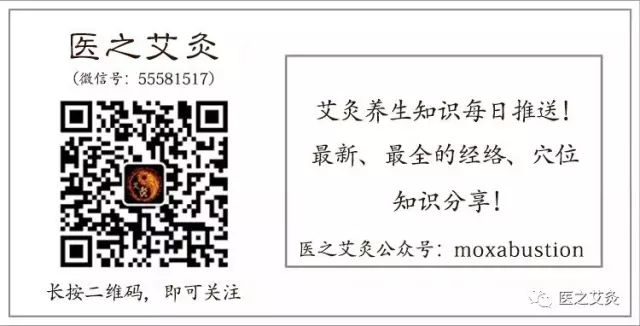
Search and follow the “Yi Zhi Ai Jiu” public account moxabustion, and let the masters teach you moxibustion.
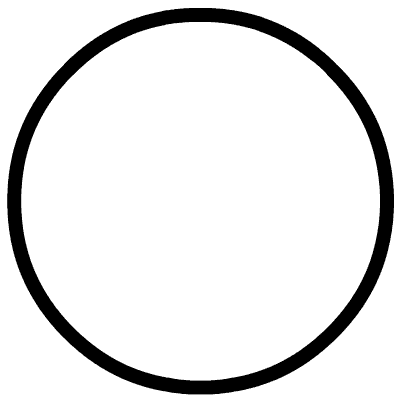 Click below“Read the original text” to learn moxibustion from the masters!
Click below“Read the original text” to learn moxibustion from the masters!

